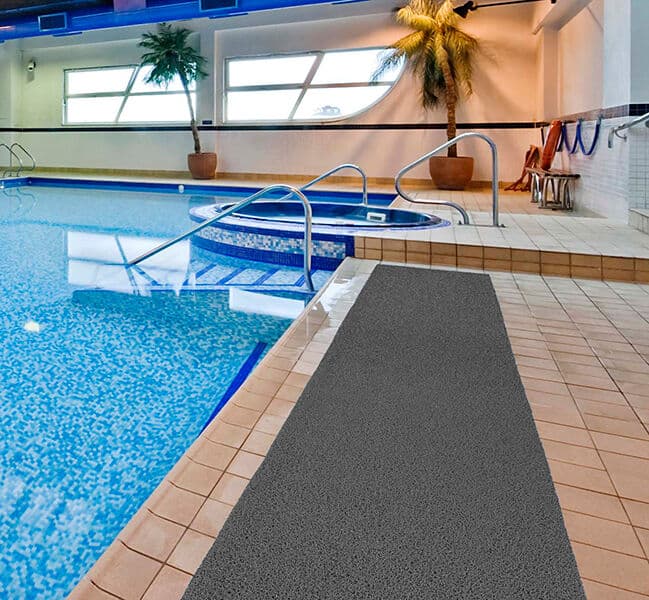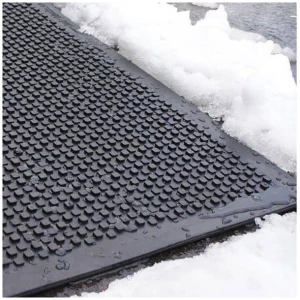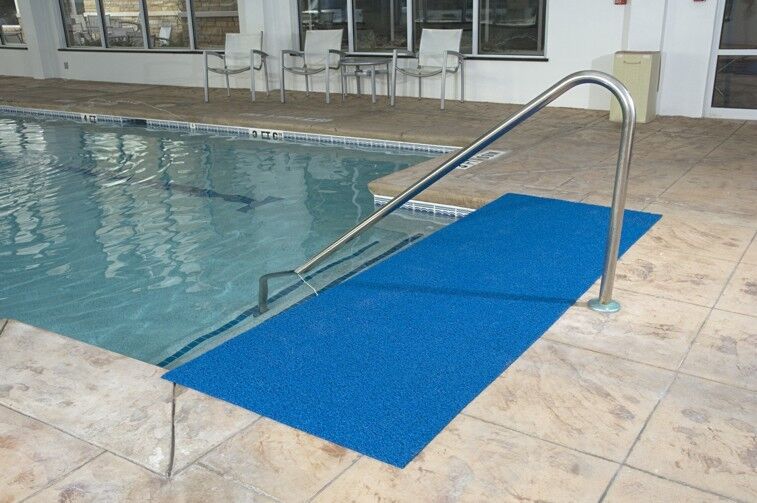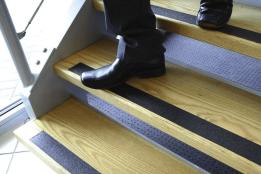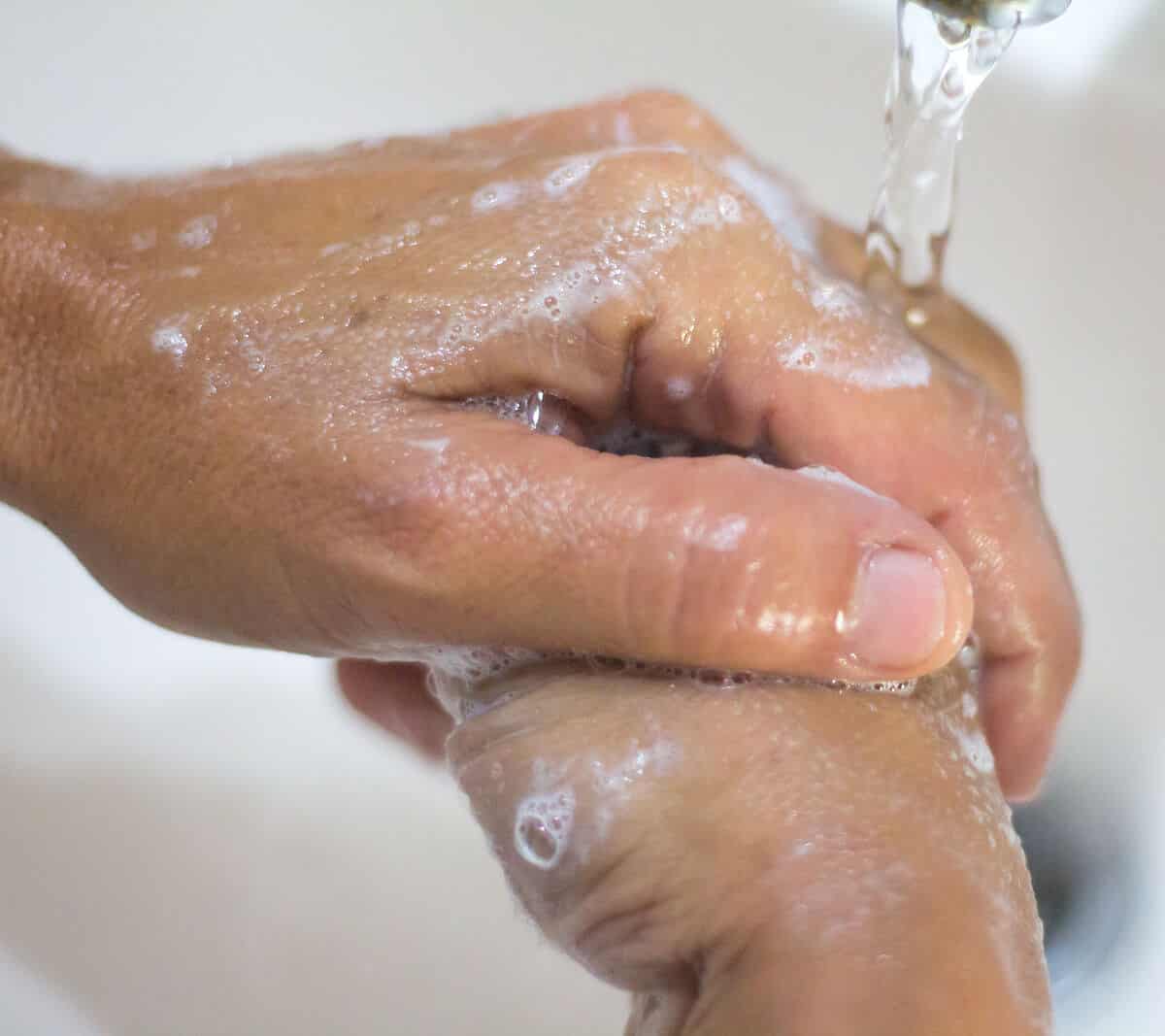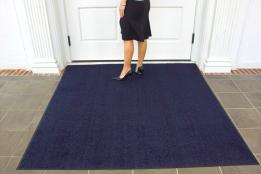When it comes to owning a pool, safety should always be a top priority. Pool decks can become slippery and hazardous, particularly when they are wet. To prevent accidents and protect swimmers, many pool owners invest in nonslip surfaces around their pool decks. However, with any safety feature comes the potential for liability. In this article, we’ll explore the laws and liability surrounding nonslip surfaces around pool decks.
Laws Regarding Nonslip Surfaces
The laws regarding nonslip surfaces around pool decks vary depending on the state and municipality. However, there are some general guidelines that pool owners should follow to ensure their pool decks are safe and comply with regulations.
The Americans with Disabilities Act (ADA) mandates that public pools have nonslip surfaces around the pool deck. The surfaces must provide a firm and slip-resistant texture, particularly in areas where the pool deck meets the pool edge. The ADA also requires that pool owners provide accessible entry and exit points, which may include ramps or sloped entries.
Additionally, some states and municipalities have their own regulations regarding pool safety. For example, California law mandates that pool owners provide pool safety features such as fences, covers, or alarms. The law also requires pool owners to provide a non-slip surface around the pool.
Liability for Nonslip Surfaces
While nonslip surfaces around pool decks can prevent accidents, they also come with liability risks. If a pool owner fails to provide a safe pool deck surface, they may be held liable for any accidents or injuries that occur as a result.
If a pool owner is found liable for an injury caused by a slippery pool deck, they may be required to pay damages to the injured party. These damages may include medical expenses, lost wages, and pain and suffering.
To protect themselves from liability, pool owners should take steps to ensure that their pool decks are safe and comply with regulations. This may include investing in a nonslip surface, ensuring that the surface is properly maintained and in good condition, and providing safety features such as fences and alarms.
When it comes to owning a pool, safety should always be a top priority. Nonslip surfaces around pool decks can prevent accidents and protect swimmers. However, pool owners must also be aware of the laws and liability risks associated with these safety features.
By following regulations and taking steps to ensure that their pool decks are safe and well-maintained, pool owners can protect themselves from liability and provide a safe swimming environment for their guests.
